Geology Reference
In-Depth Information
different layers do not correspond,
such as the example in Figure 6.2B, is
to use the
axial surface
, which is the
surface containing the hinge lines of
each successive folded layer. Record-
ing the orientation of groups of folds
in this way can yield information
about the direction of the compressive
stresses responsible for the folding.
antiforms
= anticlines
younger
younger
older
older
E
chevron fold
synforms
= synclines
A
C
parallel fold
X
younger
symmetric
W
older
older
Types of fold
Folds with near-vertical axial planes
are known as
upright
, as in Figure
6.4A. In folds with inclined axial
planes, one of the limbs may have
rotated through the vertical to become
inverted; such folds are termed
overfolds
, and in the extreme case,
where the axial plane is horizontal,
they are termed
recumbent
(Figure
6.4B). The inclination of the hinge
line of a fold, i.e. the angle between
the fold axis (or hinge) and the hori-
zontal, is known as the
fold plunge
.
In a set of folds, each individual fold
shares its limbs with the adjoining folds
on either side (Figure 6.4A). Upwardly
convex folds are termed
antiforms
and
downwardly convex folds,
synforms
.
These terms are to be preferred over the
more familiar terms, 'anticline' and 'syn-
cline'. This is because, strictly defined,
anticlines
should have older rocks in the
core of the fold, and
synclines
younger;
in the usual sequence of bedded rocks,
which get younger upwards, antiforms
would be anticlines and synforms,
synclines; but where the folded layer
has been inverted, in a region of very
complex folding, antiforms may actually
be synclines, and synforms, anticlines
(Figure 6.4B)! However, in the great
majority of cases, antiforms prob-
ably are anticlines and vice versa.
younger
axial
plane
Z
younger
asymmetric
Y
F
fold symmetry
B
D
similar fold
Figure 6.4
Types of fold in profile.
A.
Antiforms, anticlines, synforms and synclines: antiforms
close upwards and synforms close downwards; anticlines have older rocks in their core,
synclines have younger, so antiforms = anticlines and synforms = synclines only where
the beds are right way up.
B.
In a refolded recumbent anticline, W is both a synform and a
syncline; X is both an antiform and an anticline; Y is an anticlinal synform and Z is a synclinal
antiform.
C.
Parallel fold: layer thickness is constant and the fold surfaces are parallel to each
other.
D.
Similar fold: the distance across the layer measured parallel to the axial plane is
constant; each fold surface has the same profile shape.
E.
Chevron fold: the limbs are straight
and the hinges sharp and angular.
F.
Symmetric folds have the same limb length; asymmetric
folds have unequal limb lengths.
The shape of a fold, or set of folds,
is usually described by viewing the
fold in profile, perpendicular to its
axis, as in Figure 6.4. Single-layer
folds can be described as rounded or
angular depending on the shape of the
limbs and nature of the hinge zone,
although adjacent layers may show
widely varying styles (
see
Figure 6.2A).
The shape of the folded layer is
important in determining how the
fold has been formed. Folds where the
layers maintain a constant thickness
through successive levels of the fold are
known as
parallel folds
(Figure 6.4C).
They are also sometimes referred to as
concentric folds
because the curved
surfaces of each successive folded layer,
which are parallel to each other, have
the same centre of curvature. Such
folds are formed by a process known
as
buckling
where a relatively strong
layer has been subjected to compres-
sion acting approximately parallel to
the layer; Figure 6.2B is a good example.
The folded layers must be deformed
internally (i.e. strained) for bending
to take place, as discussed below.
In
similar folds
, by contrast,
(Figure 6.4D) the distance across
each layer, measured parallel to the
axial plane, is constant and each
layer has exactly the same profile
(e.g.
see
Figure 6.2E). In such folds the
layers thicken in the hinges and thin
in the limbs in a regular manner.
Chevron folds
(Figure, 6.4E) are
characterised by straight limbs and
sharp, angular hinges. Although
the individual layers are gener-
ally parallel, the folds overall have a
similar geometry (
see
Figure 6.2C).


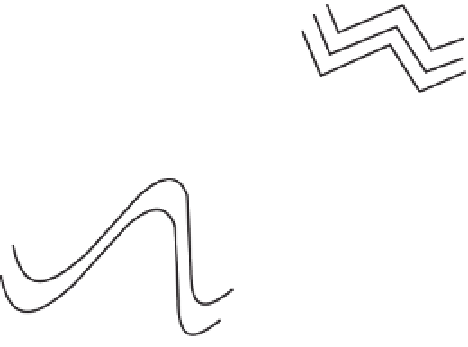
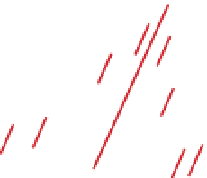
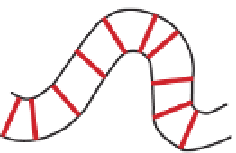




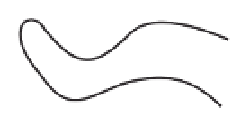










Search WWH ::

Custom Search